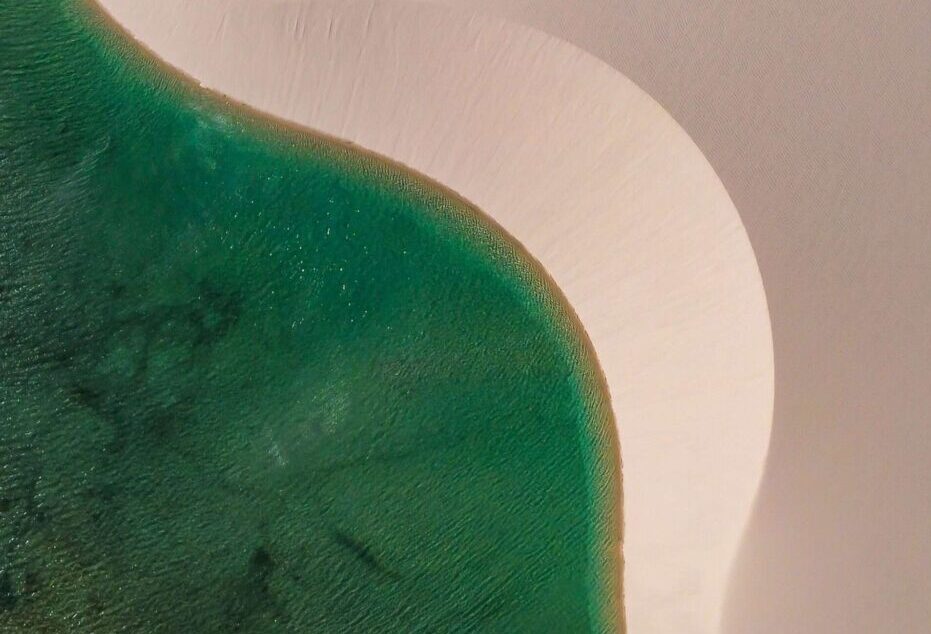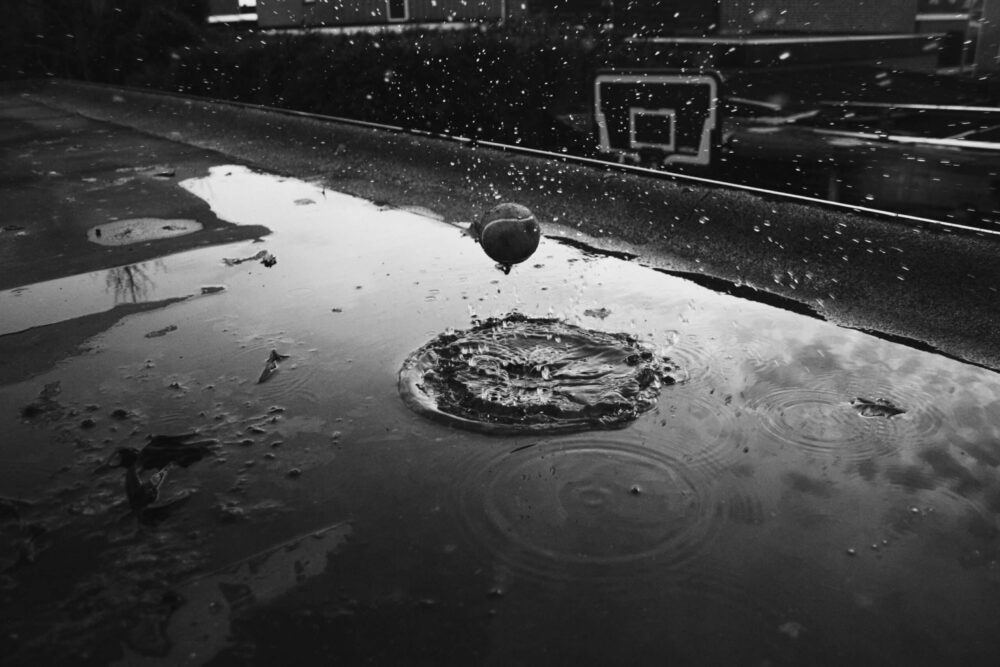SOURCE AND HEALTH IMPACT OF COPPER IN DRINKING WATER
Copper is a metal that occurs naturally in rock, soil, plants, animals, and water. Since copper is easily shaped or molded, it is commonly used to make electrical wiring, and household plumbing materials. Copper may be combined with other metals to make brass and bronze pipes and faucets. Copper compounds are also used as agricultural pesticides and to control algae in lakes and reservoirs. All living organisms including humans need copper to survive; therefore, a trace amount of copper in our diet is necessary for good health. However, some forms of copper or excess amounts can also cause health problems. Copper in drinking water can be derived from rock weathering, however the principal sources are the corrosion of brass and copper piping and the addition of copper salts when treating water supplies for algae control. Insufficient amounts of copper lead to iron deficiency. Acute copper poisoning can cause nausea, vomiting, diarrhea, gastrointestinal illness, abdominal, and muscle pain. Severe poisoning of copper can cause liver damage, anemia, or kidney failure. The taste threshold for copper in drinking water is 2 – 5 mg/l. The US EPA has proposed a maximum contaminant level (MCL) of 1.3 mg/L whereas the WHO guidelines state an MCL of 2.0 mg/L for Copper in drinking water.
POINT OF ENTRY DEVICES FOR COPPER REMOVAL/TREATMENT
Copper can be reduced or removed with sodium form strong acid cation resin (softener) dependent on the concentration. If the cation resin is regenerated with acid performance will be enhanced. Reverse osmosis or electrodialysis will remove 97 – 98% of the copper in the water supply. Activated carbon filtration will also remove copper by adsorption.
The RO-90 Under Sink Reverse Osmosis Water Filter System uses advanced five- stage reverse osmosis water filtration process that helps provide cleaner, better tasting drinking water for drinking, coffee, tea, baby formula, cooking and more. The five -stage procedure is described as follows:
- 1st stage – High-Grade high-capacity polypropylene sediment filter —removes dust, particles, and rust. Protects and extends the life of the membrane and system.
- 2nd Stage – Premium Extruded Carbon Block —gets rid of unpleasant chlorine, tastes, odors, cloudiness and colors. Also removes VOCs and other common chemicals from the water.
- 3rd Stage – Premium Extruded Carbon Block —gets rid of unpleasant chlorine, tastes, odors, cloudiness and colors. Also removes VOCs and other common chemicals from the water.
- 4th Stage- Select FILMTEC (Dow Chemical) High Rejection TFC reverse osmosis membrane. Removes up to 99% of total dissolved solids (TDS) and contaminants such as arsenic, lead, fluoride, chromium, radium, bacteria, viruses and much more.
- 5th Stage- Advanced Coconut Shell Refining Carbon 10\” — TCR (Total Contamination Removal) filter removes any possible residual taste from the tank.
The RO-90 is the most durable system in the industry to guarantee water safety and health. It is tested and certified by the WQA to remove up to 99 percent of contaminants such as chlorine, taste, odor, volatile organic compounds as well as toxic fluoride, arsenic, copper, lead, nitrates, and heavy metals. The stage 1, 2, and 3 filters require replacement between 6 months to 12 months. The stage 4 (RO membrane) and stage 5 filter elements are replaced at 2 to 3 years intervals depending upon the quality of influent water. The best way to evaluate the water quality and age of the filter is to use a TDS (total dissolved solid) meter test. The RO-90 system comes with a modern-design lead free-chrome finish faucet makes the kitchen counter-top look great with great leak free experience.
To maximize system performance and efficiency, regularly scheduled maintenance including replacement of the filter cartridges at the required interval, at the rated capacity, or sooner if a reduction in water flow occurs is required. Filter life is dependent on actual use and incoming water quality.
Reverse Osmosis is one of the most effective treatment solutions for Copper in drinking water. Sani Water are one of the exclusive suppliers and consultants APEC Water Filtration Products particularly the APEC RO-90 Under Sink Reverse Osmosis Water Filter System.
The consultants at can help their customers with suitable recommendations for organic matter removal and to resolve taste and odor issues. The technicians can also help with installation of the recommended filter products. Sani Water is dedicated to offer best solutions to meet the drinking water requirements of their customers.
REFERENCES
-
- Hopke, P. K., Borak, T. B., Doull, J., Cleaver, J. E., Eckerman, K. F., Gundersen, L. C. S., … & McKone, T. E. (2000). Health risks due to radon in drinking water.
- https://www.cdc.gov/healthywater/drinking/private/wells/disease/radon.html
- https://water-research.net/index.php/radon
- https://water.fanack.com/uae/water-quality/
- https://library.seg.org/doi/10.1190/iceg2019-049.1
- https://archive.epa.gov/water/archive/web/html/index-9.html#:~:text=Radon%20is%20a%20naturally%2Doccurring,their%20lifetime%2C%20especially%20lung%20cancer.
- https://www.3m.com/3M/en_US/company-us/all-3m-products/?N=5002385+8709322+8709409+8740556+8740542+8711017+3294857497&rt=r3


